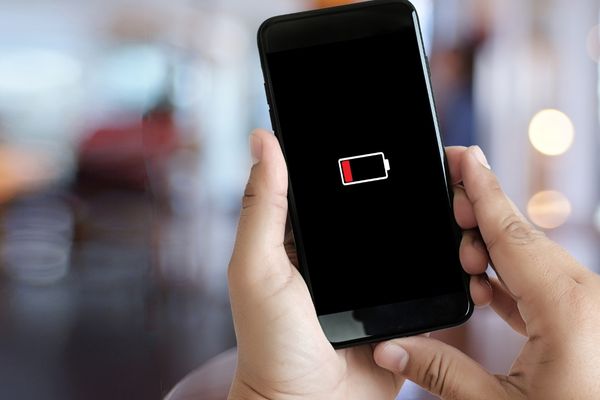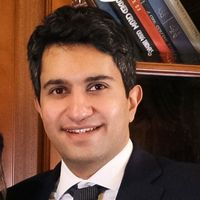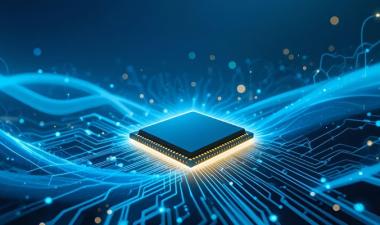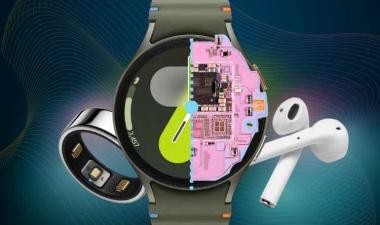Webinar
Minimizing Battery Degradation in Smartphones
TechInsights’ expert reviews the existing industry of fast charging techniques used in recent flagship smartphones
Ali Khazaeli
March 14, 2023

People can be impatient. Consumer electronics companies realize this and are working to differentiate their products by reducing their charging time. Fast charging techniques benefit from adaptive charging algorithms to suppress battery degradation, which generally results from high applied current.
Share This Post
This presentation compiled content from TechInsights’ Battery Subject Matter Expert, Ali Khazaeli. Those who didn't want to miss out on the webinar "Minimizing Battery Degradation in Smartphones". To access the webinar, please visit our Platform and create a free user account if you are not already a subscriber.
What insights can you anticipate from our subject matter expert?
Examining fast charging techniques used by the top semiconductor companies
Discussing techniques for developing dynamic charging protocols
Discussing advanced charging profiles benefiting from online parameter estimations resulting in fast charging and extension of cyclic life
Full Presentation Abstract
Although lithium-ion batteries are good power sources for portable and wearable electronics because of their high energy density, their charging times can be long and are often limited to a C-rate* of 0.5–1 C. Many consumer electronics companies realize consumers can be impatient and are trying to differentiate their products by reducing their charging time through new chemistries and advanced charging protocols.
Over the past year, smartphones have claimed dramatically faster charging speeds. Smartphone manufacturers continue to bring innovative market approaches and larger supported power. Xiaomi, Realme, Samsung, and Black Shark are leading players in this area, with Xiaomi and Realme surpassing 100 W.
Fast charging requires modification at the system and cell levels. Many companies are developing dynamic device-charging protocols that benefit from adjusting the current level during the charging time. Such approaches aim to reduce heat generation, avoid conditions that enable lithium plating, reduce the risk of local anode potential becoming negative, and reduce mechanical stresses due to uneven insertion and extraction of lithium in the solid particles.
This presentation reviews the existing industry fast charging techniques used by Apple, Samsung, and Xiaomi in their recent flagship smartphones. It was observed that these smartphones benefit from adaptive charging algorithms to suppress battery degradation, which would generally result from the high applied current.
In the case of the Samsung S22 Ultra, results suggest that this smartphone uses a charging algorithm by tracking the battery's real-time parameters to adjust the current at different states of charge. However, The Xiaomi Mi 12 Pro benefits from a redesigned charging architecture to safely support 120 W, single-cell charging. It incorporates two "Surge P1" smart charging integrated circuits (ICs) of their design to simplify the architecture, improve efficiency, and reduce heat by 30%.
As industries and research communities embrace concepts such as AI and big data analytics, we anticipate seeing more advanced charging profiles benefiting from online parameter estimations to adjust the current for fast charging and extension of cyclic life.
*What is the C-rate of a battery?
A C-rate is a unit of measurement used to define the speed at which a battery is fully charged or discharged. Charging at a C-rate of 1 C means the battery is charged from 0%–100% in one hour. A C-rate of 0.5 C means the battery is charged from 0%–100% in 2 hours. A C-rate of 2 C means the battery is charged from 0%–100% in half an hour.
About The Speaker

Ali Khazaeli
Subject Matter Expert
Dr. Ali Khazaeli is a Subject Matter Expert for Battery at TechInsights, with over 10 years of experience in the development, fabrication, and characterization of batteries for consumer electronics and automotive. He holds a PhD from Queen’s University and has led an exploratory research project into the applications of advanced materials for batteries and supercapacitors.
Make informed business decisions faster and with greater confidence
Gain sample access to the world’s most trusted source of actionable, in-depth intelligence related to semiconductor innovation and surrounding markets.









